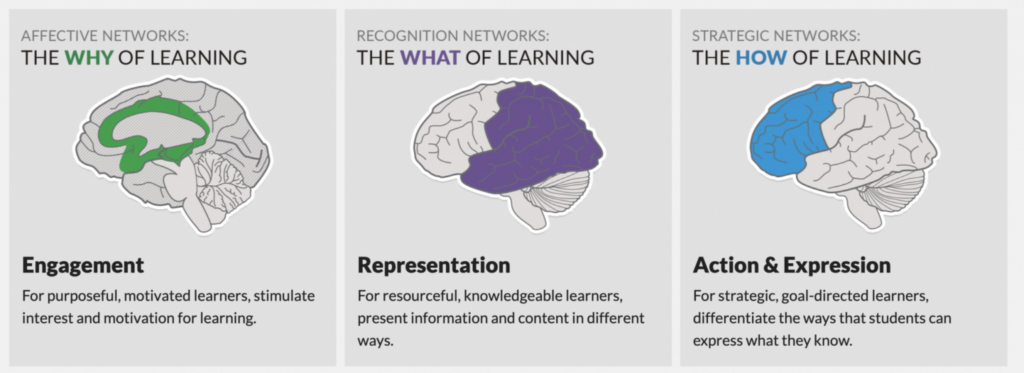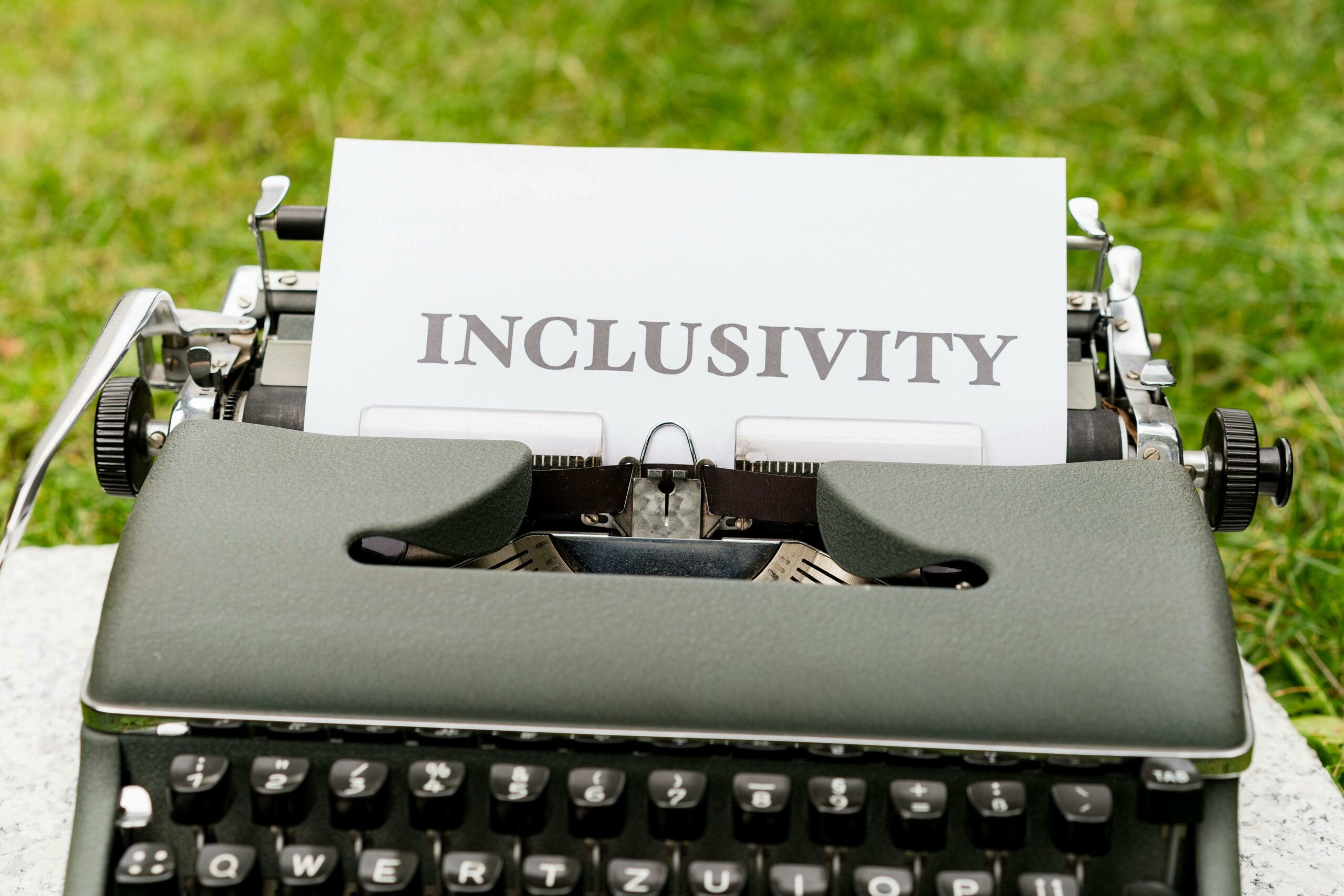Universal Design for Learning
Universal Design for Learning (UDL) is a framework to improve and optimize teaching and learning for all people based on scientific insights into how humans learn. It involves designing educational environments and products to be usable by the widest range of people without needing adaptation or specialized design. Here are some key principles and practices … Read more











